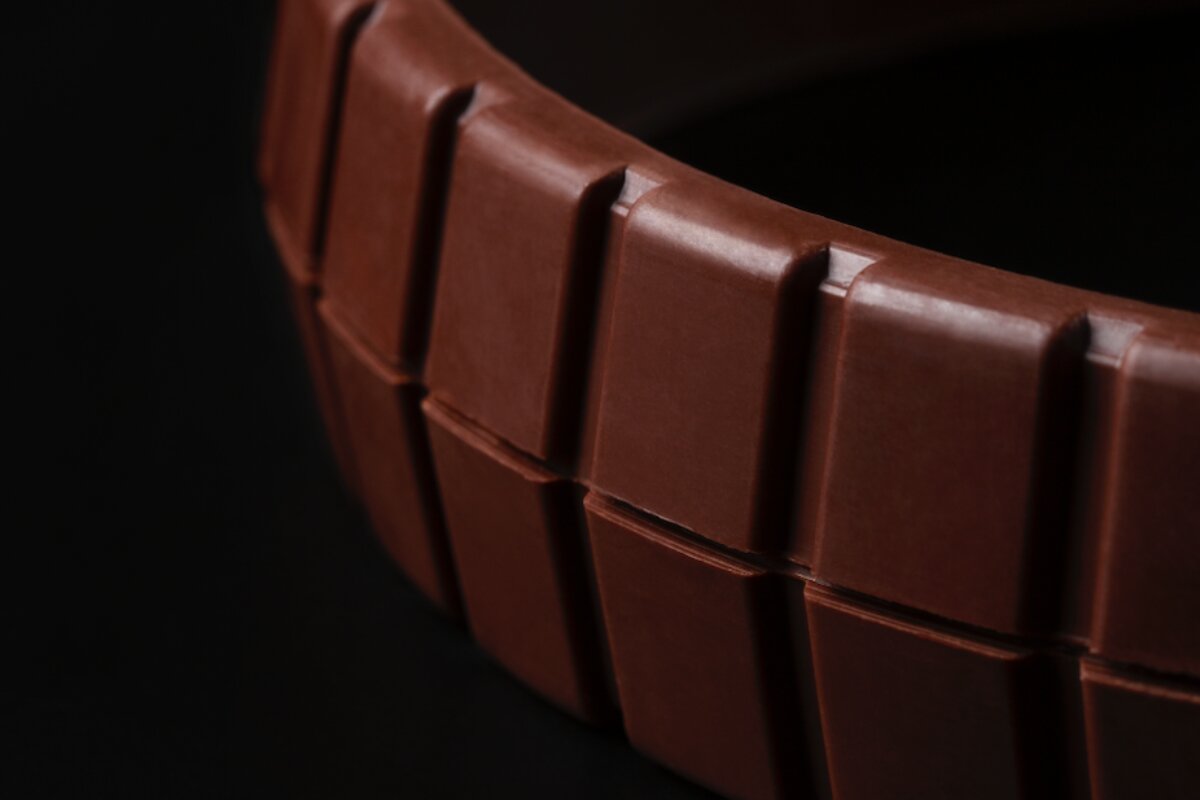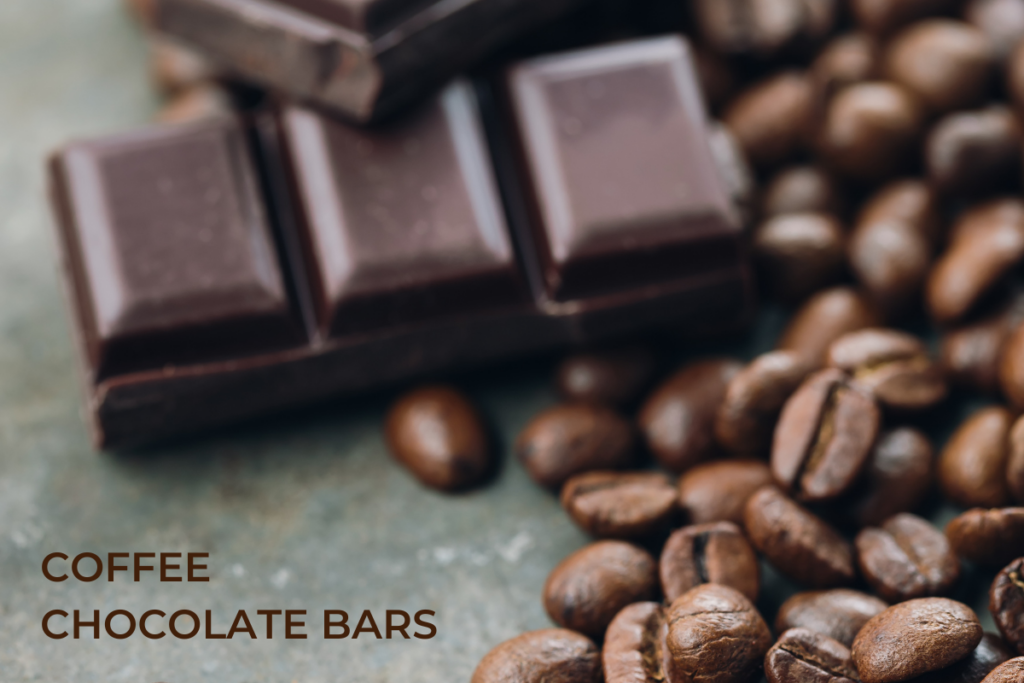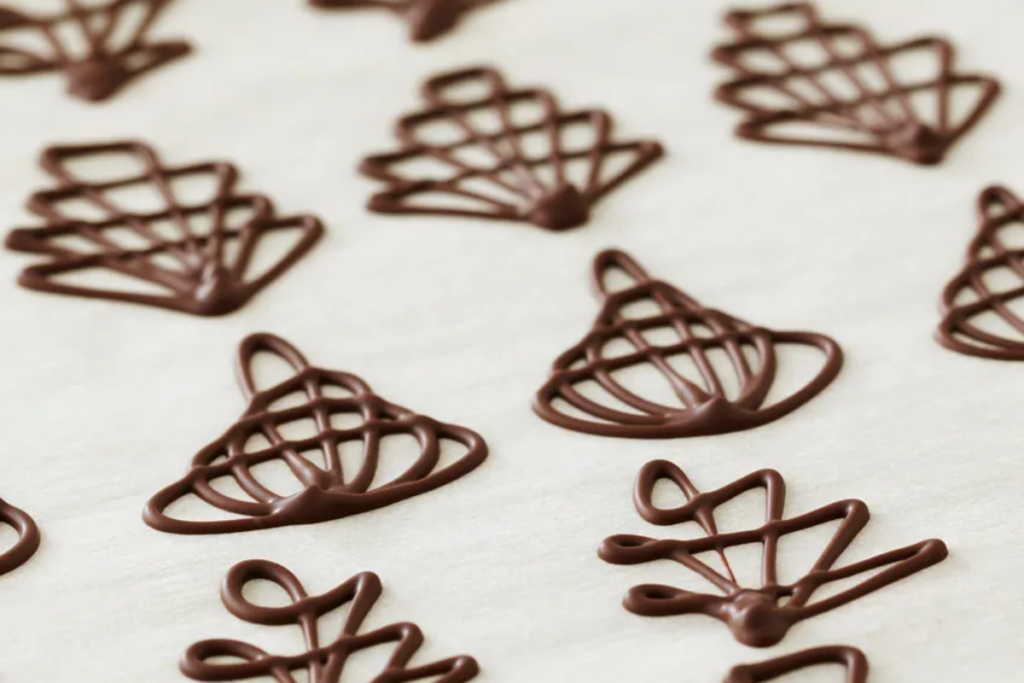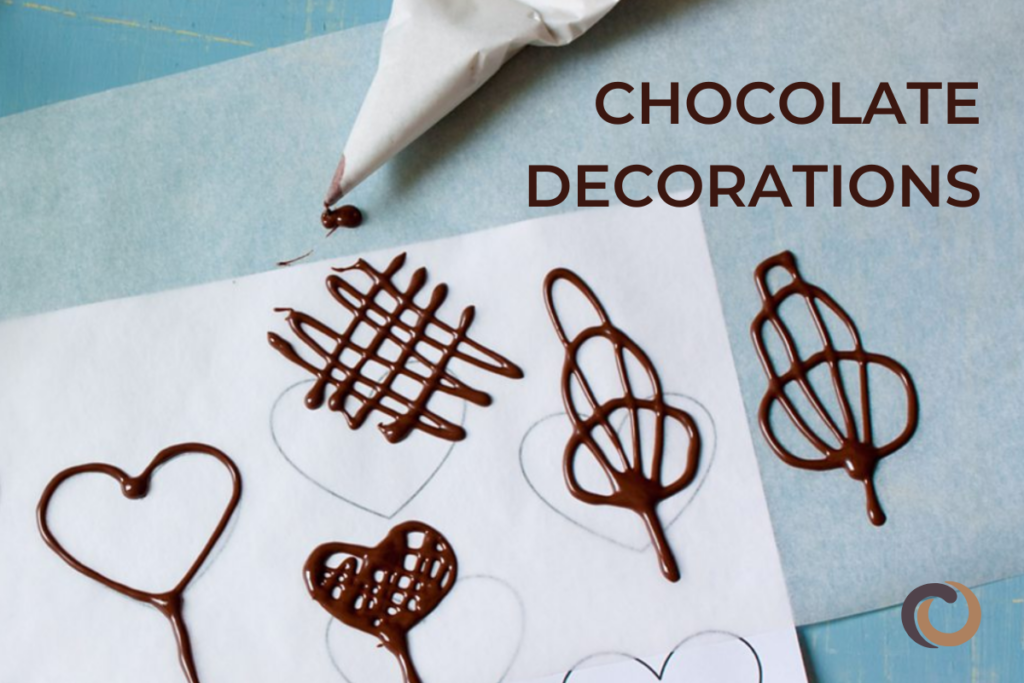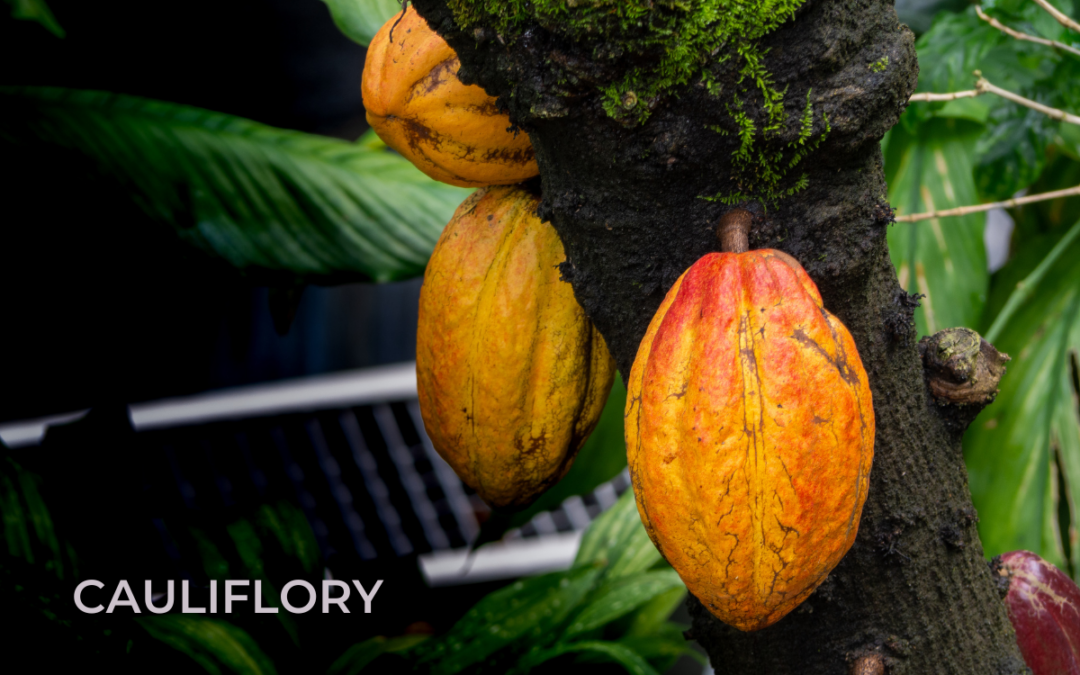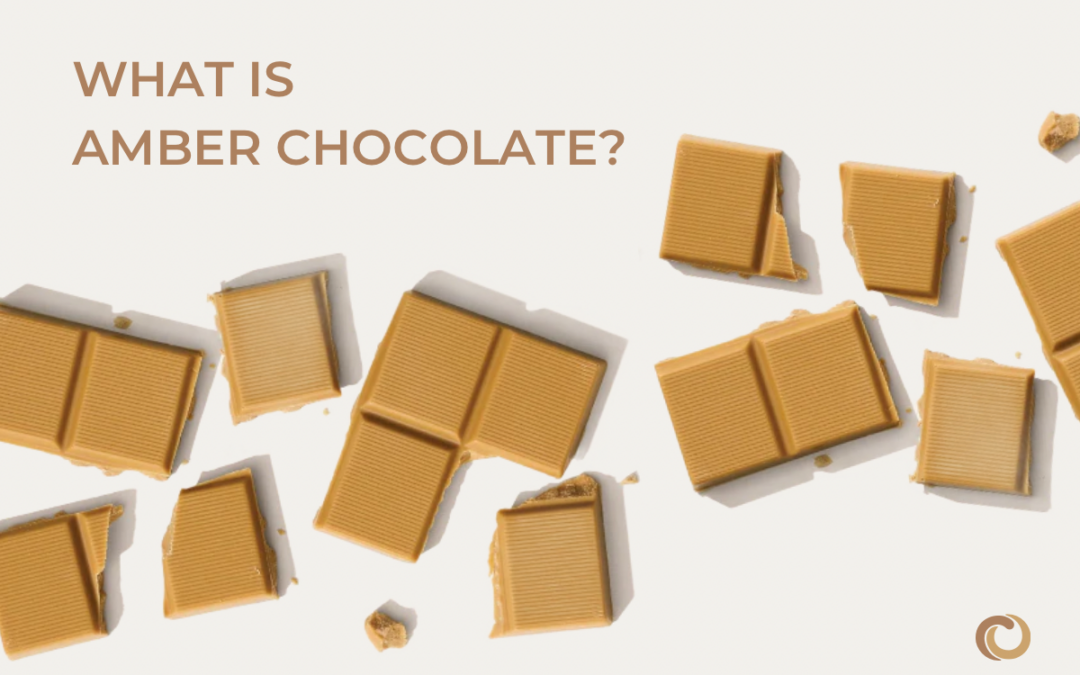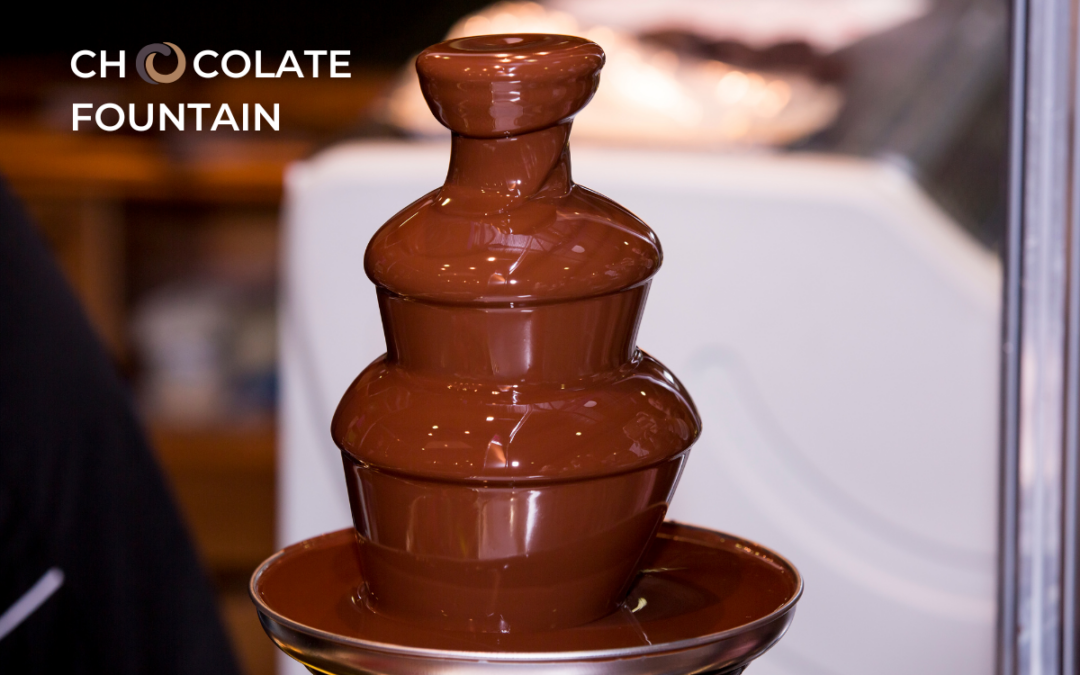Have you ever wondered why certain chocolates stand out? Maybe it’s less bitter, not overly sweet, or has an incredibly smooth, melt-in-your-mouth feel. Let’s explore the essence of chocolate quality and learn how to identify the truly exceptional ones. We will go through various factors that determine chocolate quality and discuss how to tell if chocolate is high-quality or not.
Keep reading as we unravel the secrets that elevate chocolate to greatness. Understanding each step of the chocolate-making process will help you understand how chocolate makers elevate their chocolate or how they might introduce defects that degrade the quality.
What determines chocolate quality?
Unfortunately, there is no simple trick to determining chocolate quality, and of course, there is also a subjective aspect to “quality”. There are, however, a variety of factors that can be used to assess overall quality, and as with most activities, the more you taste, the better your sensory abilities will become at distinguishing high quality from the average bar. The quality of chocolate depends on many factors, such as growing, harvesting, fermenting, roasting, processing and storing. For example, beans from specific regions or plantations can impart unique flavors and characteristics to the chocolate, as well as the method used to process them – including techniques such as conching and tempering – which influence its texture and taste.
Key determinants in understanding chocolate quality
Variety and origin of cocoa beans
Cocoa beans from different regions carry distinct flavors, influenced by the varietal or genetics of the trees as well as the local soil, climate, and growing conditions (these factors are often called “terroir”, pronounced tehr·waar). The origin of the beans contributes to the overall flavor profile of chocolate, offering a wide range of taste experiences. For example, Criollo beans are known for their mild and nuanced flavors, while Forastero beans are often more robust. As with most fruits (and, yes, chocolate comes from fruit!), there is “fine flavored cacao” which is distinct from lower-quality product.
Fermentation
Chocolate makers carefully monitor and control the fermentation process to ensure that cocoa beans develop the desired characteristics. Under-fermented cocoa beans and over-fermented cocoa beans refer to two extremes in the fermentation process, which is a crucial step in chocolate flavor development.
Under-Fermented Cocoa Beans are cocoa beans that have not been fermented for long enough. Cocoa beans undergo fermentation to develop their flavor profile and reduce bitterness, and if this process is cut short, the beans won’t achieve their desired characteristics. Under-fermented beans may have a raw, green or astringent taste. On the other hand, over-fermentation occurs when beans are left in the fermentation process for too long. This can lead to undesirable flavors that make the chocolate taste excessively acidic, musty or cheesy.
Roasting
To make good chocolate, chocolate makers roast cocoa beans at a certain temperature and for a certain amount of time to ensure optimal flavor development without compromising the bean’s integrity. There is great skill in determining the optimal temperatures and durations for the perfect roast.
Under-roasted cocoa beans will not develop the desired chocolate flavors. Roasting is crucial for enhancing the aroma and taste by reducing acidity and bitterness, promoting the Maillard reaction (chemical reaction) that enhances flavor.
Over-roasted cocoa beans are exposed to excessively high temperatures or roasted for too long. This can lead to the degradation of flavors and the emergence of undesirable, burnt notes.
In a well-run chocolate factory, rigorous quality control practices ensure consistency, while the careful roasting of beans ensures that every batch of chocolate comes out perfect.
Cocoa content and composition
Two key elements define the excellence of chocolate: cocoa content and composition. These factors intricately shape the flavor, texture, sweetness, and potential health benefits of the chocolate. Lower cocoa content means less chocolate flavor. The recipe and ratio of ingredients plays a key role in highlighting the natural flavors of the cocoa. For example, a recipe that has a lot of cocoa butter will melt nicely, but it will also wash the cocoa solids (aka flavor) quickly down your palate so you don’t get a long-lasting or intense chocolate experience.
Processing techniques
In the chocolate-making process, crucial steps such as grinding, refining, and conching are employed to shape the flavor profile. These precise techniques can be used to enhance cocoa’s distinct notes and undertones, resulting in a rich and nuanced taste. Conching, a high-temperature, mixing and smoothing process, plays a pivotal role in achieving a velvety consistency, ensuring the chocolate melts seamlessly on the palate.
In chocolate production, it’s important to monitor the grinding and refining stage to avoid both over-refining and under-refining. Over-refining can lead to a sticky texture while under-refining results in a gritty or grainy texture. Chocolate makers try to strike the perfect balance to produce high-quality chocolate with a smooth texture, pleasing mouthfeel, and optimal flavor release.
Additional factors influencing chocolate quality
The quality and purity of chocolate ingredients contribute significantly to the overall excellence of the chocolate. By prioritizing premium, natural, and ethically sourced components, chocolate makers create a product that not only delights the taste buds but also aligns with values of authenticity and quality.
Chocolate manufacturers who prioritize ethical sourcing practices and minimal additives create chocolate that goes beyond taste and elevates quality. Each step contributes to the creation of a product that embodies a commitment to excellence and responsibility. The ultimate goal is to create a chocolate that is pleasing to both the mouth and the mind.
The role of aftertaste or “finish” in chocolate quality
The main taste of chocolate is only the first part of the experience; its aftertaste or finish is equally important.
- Lasting impressions: A lingering aftertaste is an important element of quality chocolate. It allows the flavors to unfold gradually, providing a longer, more immersive and enjoyable experience.
- Balance and harmony: A well-balanced aftertaste indicates that the chocolate’s flavor profile is harmonious. The lingering notes should complement each other, creating a seamless transition from the initial taste to the final impression. It’s important to emphasize that quality chocolate shouldn’t have only one note; like a well-composed symphony, wonderful flavors should rise and fall.
- Mouthfeel and texture: The aftertaste of chocolate is also dependent on the texture and mouthfeel of the chocolate. Good-quality chocolate should melt properly, ensuring that the aftertaste is smooth and contributing to an overall pleasurable sensation. Quality chocolate shouldn’t leave you with bitter, astringent or burnt notes at the end.
- Quality of ingredients: Aftertaste is the final stage where the quality of the ingredients shines. Fine chocolate is distinguished by its lingering, positive impression and its use of premium cocoa, natural sweeteners, and other high-quality ingredients. And beware of flavor masks. For example, vanilla is often used to mask or hide flavor flaws. Premium quality chocolate shouldn’t need a vanilla mask.
In conclusion, there are many factors that determine the quality of chocolate. To assess if a chocolate is high quality, consider each element of the production, as well as how the chocolate looks, smells and tastes during tasting. A truly exceptional chocolate provides an unforgettable sensory experience that goes beyond sweetness, delivering a rich and nuanced experience for the discerning palate.
For more great articles, check out the rest of our CocoTerra blog.
If you have any questions or comments, feel free to contact us through our social media channels. We are @cocoterra_co on Instagram and Pinterest and @cocoterraco on X (aka Twitter) and Facebook.

